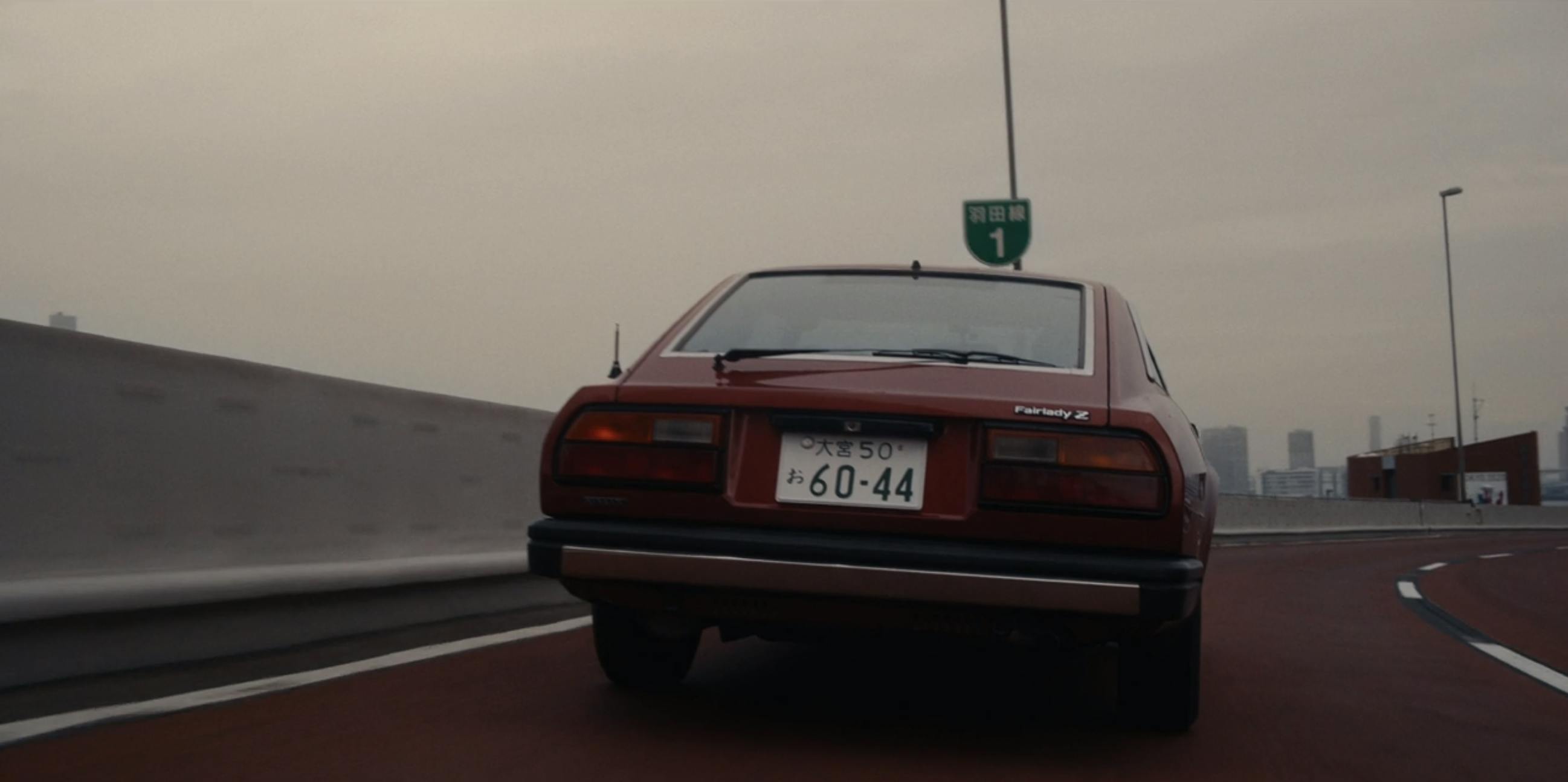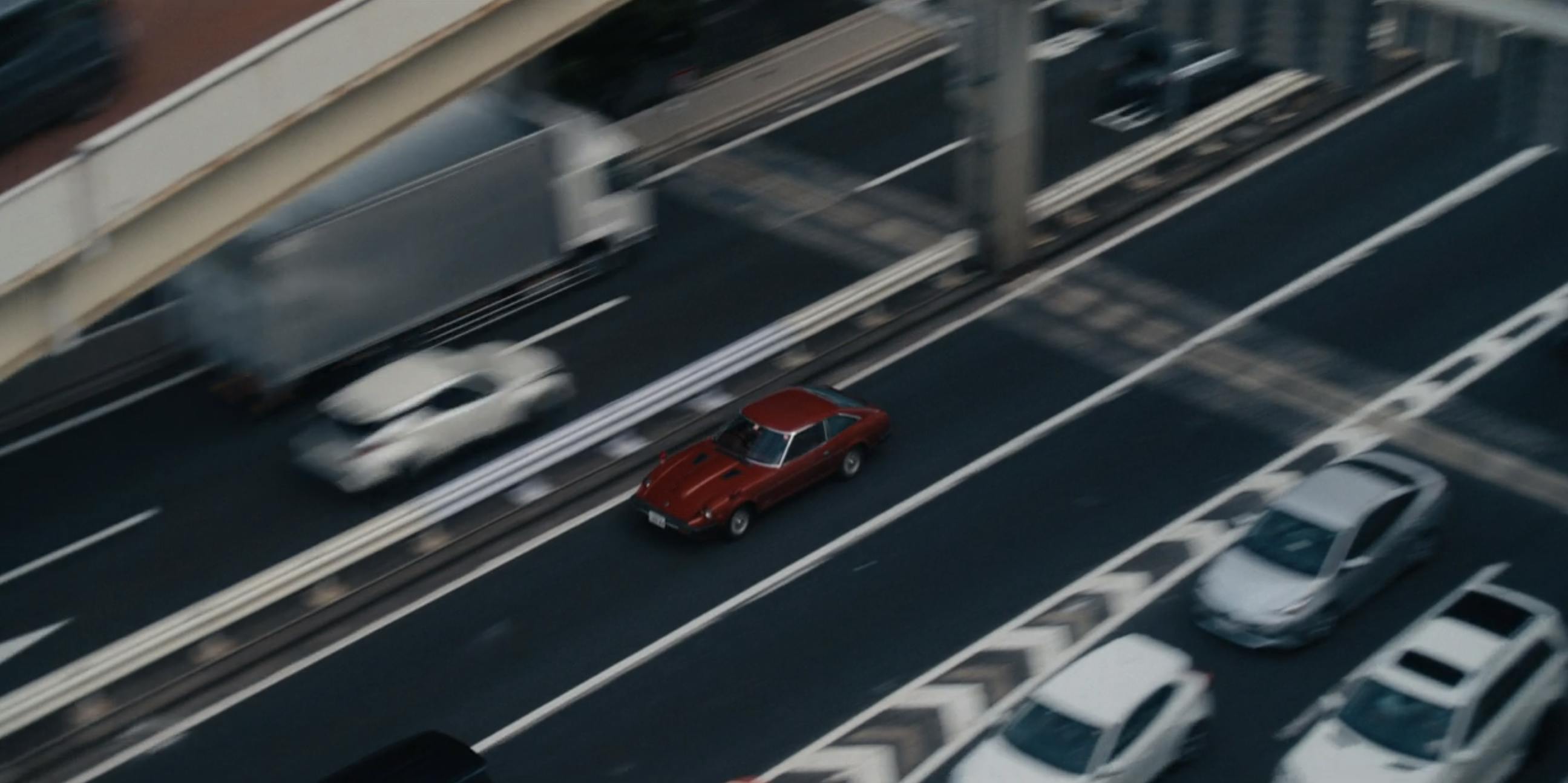Tokyo Vice: Z cars, Skylines, limos, and the car culture of 1999
In Tokyo Vice’s fourth episode, Rinko Kikuchi’s Eimi Maruyama tells Ansel Elgort’s Jake Adelstein, “You’re not in Kansas anymore.” Jake clarifies he’s from Missouri, but Eimi’s point still stands. To Jake, a newly hired investigative reporter at Meicho Shinbun newspaper and a gaijin (a foreigner), Tokyo is a new world he’s still learning to navigate.
Set in 1999, HBO’s Tokyo Vice is a slow-burn crime drama about warring yakuza clans and characters like Jake who are caught in the middle. Jake is ambitious but out of his depth. Desperate to keep his job, to prove his worth. Thankfully, Ken Watanabe’s world-weary detective Hiroto Katagiri steps in as a guide. As Jake flounders, the lone wolf cop takes him on, becoming Jake’s mentor and allowing the young man a glimpse at how he keeps the peace between the yakuza.


The show is colorful, thrilling, and full of action. And for Japanese car enthusiasts, there is an embarrassment of riches—one of the many perks of not being in Kansas or Missouri anymore. Though Elgort plays the show’s protagonist, it’s easy to forget that when Watanabe and his car steal every scene they’re in. Katagiri’s car is one of its most beautiful stars: a Nissan Fairlady Z S130. It’s a machine that the detective loves, as evidenced by its pristine condition and the way he meticulously cares for it. It’s a nostalgic choice for a man who himself feels like a throwback to a simpler time. With a gorgeous interior that matches its exterior, the glossy, all-red car is maybe not the most discreet car for stakeouts, but it is undeniably the coolest.

Outside of Japan, you’re more likely to know the Nissan Fairlady Z S130 as the Datsun 280ZX. Diehard Datsun and Nissan devotees preferred the company first-gen offerings, like the 240Z, 260Z, and 280Z; although these classic Z fans might’ve considered the “updated” version an affront, the car sold better than the original Z. The S130 was manufactured from 1978 to 1983, boasting rear-wheel drive, a five-speed gearbox, power steering, electric windows and mirrors, and a 2.8-liter engine. The car was even more popular stateside than it was in Japan; about 70 percent of ZX production went to America, and in 1979, Motor Trend named the 280ZX its import car of the year.
Much to the chagrin of original Z admirers, Nissan made a number of changes to the S130, but many of them were improvements. They moved its engine further back in the bay to achieve an almost perfect 50:50 weight distribution. It was a more luxurious, plush ride, too: quieter, with a better suspension system, more legroom, and more supportive, cushier seats. It was more aerodynamic, with drag and lift reduced. Nissan gave the machine a longer, lower, wider body; aesthetically, it was somewhere between the sharper, more geometric corners of the ’80s and the softer curves of ’70s cars. Its balance of power and comfort made it ideal for cruising. In their November 1978 issue, Car and Driver called it “a sporting carriage rather than a hell-raiser.” It isn’t exactly fast by today’s standards, but despite its detractors, it was a solid car. Paul Newman even raced one back in 1979 and won a whole mess of races in it.
Its controversial transformation made it a heavier, bulkier, softer car that fans of the old Z felt had lost its edge—not the case when Katagiri drives it. The detective embodies earnest cool, maintaining his calm in extraordinarily high-pressure situations. His car isn’t built for chases, but neither is Katagiri. He likes to take his time and can’t be rushed. The long game matters more than striking first. He’s no adrenaline junkie, and his evident cool belies his kindness, integrity, and incorruptibility.
Like Katagiri, whose motives are at least initially opaque, there’s more to his Fairlady Z than meets the eye. The sports car evolved into an excellent GT, but it still looked like a thoroughbred sports car. Though Katagiri seems like the archetypal hardboiled detective when we first meet him, at heart, he’s a good man, a family man; it makes sense that he’d opt for a more comfortable and practical ride over something fast and powerful. It’s ostensibly why he chooses a 2+2 over a two-seater, too: though the backseat is just a little too claustrophobic for adults, it’s perfect for his small children.

Though Katagiri’s Fairlady Z gets the most screen time, it’s not the only great car featured in Tokyo Vice. Shô Kasamatsu’s reluctant yakuza, Sato, is frequently seen in a 1990 Nissan President JS G50: a gleaming black luxury sedan that denotes opulence and status. (Though the car was made exclusively in Japan and has no exact American equivalent, it was similar to the Infiniti Q45.) Sato is a good-hearted, Backstreet Boys-loving man trapped in a life he doesn’t seem to want. His conscience is the ultimate liability for a man in his position.
Though the car doesn’t seem to belong to Sato, but rather his Chihara-kai clan, as Sato rises in the gang’s hierarchy it seems more and more to become his. Sato has to manufacture and maintain a certain image that reflects his position in the clan internally as well as externally. The President JS helps him preserve the façade.
Polina, one of the female hosts at a high-roller bar, has a boyfriend named Akira (Tomohisa Yamashita). Akira is the cosmic opposite of Sato, in that he plays at being a good man and a good partner to Polina (Ella Rumpf) but is in fact a con artist. He buys a new white ’99 Nissan Skyline GT-R R34, making it one of the few truly “new” cars we see for the show’s time period, as most of the cars in the series are from the ‘80s or early ‘90s. Akira shows it off to Polina on their three-month “anniversary.” We haven’t seen it before, and Polina seems surprised to see it, too. It’s a scene that leaves us uneasy, telegraphing Akira’s shadiness and preoccupation with money and status. It’s unclear just where he got the cash to pay for it, since he works for a host club just like Polina.

As the import connoisseur of the Fast & Furious series, there’s a reason why Paul Walker’s Brian O’Conner favors the Nissan Skyline. Equal parts style and substance, the Skyline happens to be one of the all-time greatest Japanese sports cars, a high-performance legend ideal for racing and drifting and making its driver look impossibly cool. Tragically, the Skyline appears only for a few moments, but unlike Katagiri’s Fairlady Z, the Skyline is an uncontroversially spectacular car that makes a much louder statement.
The cars of Tokyo Vice are impeccably cast and matched to the show’s characters. If there are any criticisms to be made here, it’s that we just don’t get to see enough of them. Thankfully, gearheads can rejoice: HBO recently renewed Tokyo Vice, which means another season’s worth of JDM eye candy.















